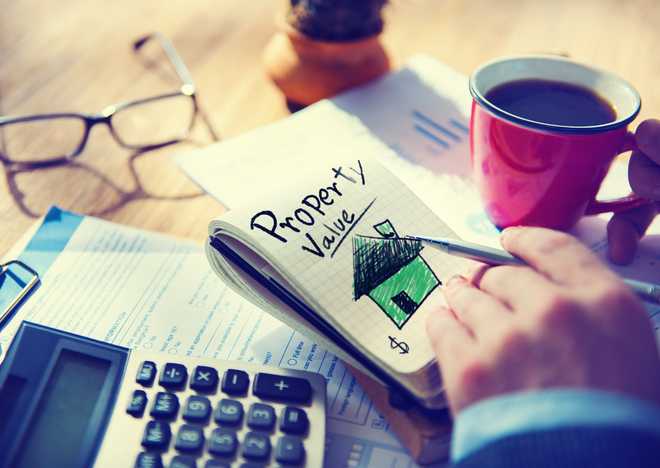How to calculate ROI on residential property
Narasimha Jayakumar
Real estate investment is regarded as one of the safest asset classes to opt for among other market instruments. However, with the ongoing volatility and ambiguous consumer sentiments, there is a question mark on the returns that realty can offer over a given period of time. Nonetheless, there are ways that can help you gauge returns on your particular investment. Let’s find out more about this.
What is ROI?
Return on Investment is a term used that calculates the percentage of invested amount spent on a property post the deduction of associated costs.
For calculation purpose, the methodology that you use on paper is simple.
For instance, if your property investment cost you Rs 20 lakh and you booked a profit of Rs 10 lakh and sold the property for Rs 30 lakh in a time period of 5 years, the calculation would be as follows:
ROI= (30-20)/20
In such a case, your ROI is 0.5 or 50 per cent. However, this calculation does not take into account any repair or maintenance expenses you incurred on the property. So, that should be included in the total cost of investment for the exact ROI.
The two forms of returns that can be accumulated from a real estate investment – rental yield and capital appreciation. While monthly rental income that you earn on the property you buy, can be added to gain from investment, costs will be calculated keeping in mind the purchase cost, taxes, insurance, maintenance, interest paid if there is a loan on the house etc.
Capital appreciation will be the cost at which you sell the house after a given period of time. Consultants advise that one should stay invested in a property for at least three years. In order to book considerable profits, it is suggested that you park your funds in realty for 5-8 years.
The ROI for cash real estate deals would be different from a financed realty transaction. Let’s have a closer look at calculating ROI for different types of sales transactions:
Full down payment: Calculating ROI in cash deals is the simplest. Let’s understand from an example. If you pay Rs 20 lakh cash component for a ready-to-move-in home, and spend about Rs 5 lakh on renovation, the total investment for the property totals to Rs 25 lakh. After you lease it out and earn about Rs 10,000 per month or Rs 1.2 lakh annually, your ROI on the property would be:
Rs 1,20,000 (Return)/Rs 25,00,000 (Total investment) = 0.048 of 5%
You will accumulate five per cent return if you lease out your property.
Financed real estate deals: The calculation is very different if you seek a home loan for the property by shelling out 20 per cent down payment. Let’s see an example.
For instance, for Rs 25 lakh property, you spent Rs 5 lakh as down payment and Rs 5 lakh on the remodeling of the house. In this case, your total out-of-pocket expense would be Rs 10 lakh.
For the remaining amount, if you took a loan of Rs 20 lakh for a tenure of 15 years at 10.5 per cent interest rate, your principal and interest component would comprise your monthly cash flow. In such a scenario, the annual cash flow would be Rs 2,65,296 (principal+ interest) while your monthly cash flow would be Rs 22,108.
Rs 2,65,296 (Annual cash flow)/ Rs 10,00,000 (Out-of-pocket expense) = 0.26 or 26 percent ROI
As observed from the above examples, down payment would give you monthly returns but using mortgage will increase your ROI. However, ROI in case of financed real estate deals would differ depending upon the tenure of the loan. The shorter the tenure, the better your return will be as it increases your ROI.
— The writer is Chief Business Officer, 99acres.com.










